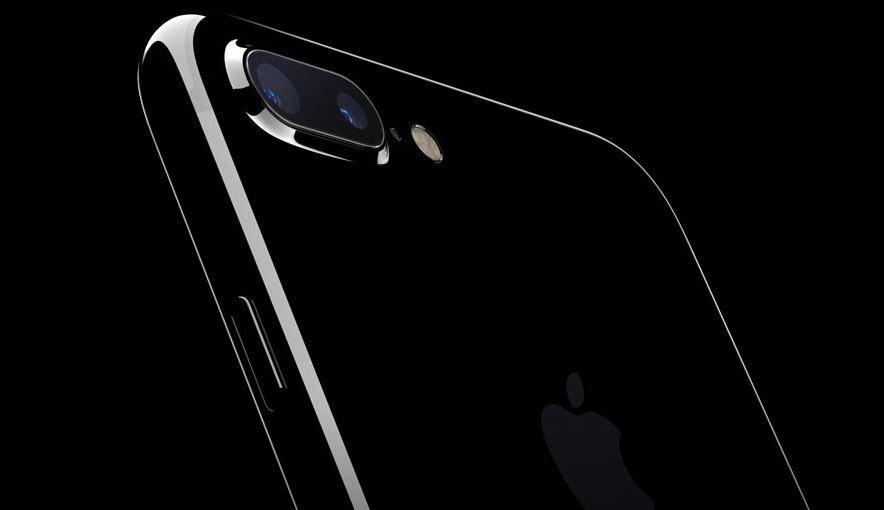
The new generation of the Apple iPhone, including the iPhone 7 and iPhone 7 Plus, was launched on 7 September at Apple’s annual event in San Francisco. It is available for pre-order September 9 and available September 16.
Many of the changes are aesthetic. As anticipated, the standard headphone jack has been removed, with users now able to connect headphones through Apple’s lightning port. This has allowed Apple to make the device slightly thinner.
Overall, the design is fairly similar to the iPhone 6 and the display on the device is brighter and more colourful.
In terms of functionality, the dual lens camera is an important addition, with Richard Stiennon, Chief Strategy Officer at Blancco Technology Group, saying that this is the “most significant benefit” of the new device.
He says that this will improve photo quality and help Apple keep up with the superior camera quality offered by Samsung devices.
There is also better performance hardware, with a processor that Apple claims is twice as fast as that on the iPhone 6, and what is apparently the best battery life on an iPhone.
Users who are concerned about the durability of their devices will welcome the introduction of water resistance on the devices.
The devices will also ship with the new version of Apple’s operating system, iOS 10, for which stand-out points include the removal of the swipe to unlock feature and its replacement with pressing the home button to unlock.
In addition, the lock screen notifications have been upgraded, with new users now able to interact with them in more detail. Users can also clear all notifications.
For businesses, the important question is whether the iPhone 7 merits upgrading the workforce from the existing stock of iPhones.
According to Boris Metodiev, who leads the mobile and connected devices research at 451 Research, there is no hurry.
“It is not much of a secret in the industry that Apple has decided to move from having a major update every second year, to having a major update every third year of its iconic smartphone.”
This means, according to Metodiev, that the improvements on this device are “fairly incremental”.
According to Metodiev, this is because there is an increasing market tendency for longer upgrade cycles.
“Consumers feel less inclined to upgrade their phones, since there is not enough innovation from one iteration to another, or the changes wouldn’t make much difference in their user experience.”
He highlights that none of the major changes, such as audio and camera upgrades, are particularly relevant to business use.
To Metodiev, the roll-out of iOS 10 is a more significant development than the new handset launch. However, this will affect older devices as well, possibly including iPhone 5 and 5s.
Nick Black, CEO of UK app developer Apadmi, says that cost will also be an important consideration.
“The main consideration for businesses has to be the price hike. The 32Gb model is £599, but that will possibly be too small to run iOS 10 and have a multitude of apps on the device (like the 16Gb model was previously). The most expensive model is 256Gb and is priced at £919, which is an investment, to say the least.
“If costs are an issue for your business, think carefully about all the other iOS devices in the range as there is a good chance they will drop in price."
For this reason, Black also predicts that sales of iPhone 6 models will skyrocket.
“In summary, considering the fact that iPhone 6s is still a great device, and the incremental and not necessarily business oriented changes to iPhone 7, I believe that even after iOS 10 becomes available there will be no real need for businesses to rush to upgrade, as long as they are already on iPhone 6 or 6s,” says Metodiev.


